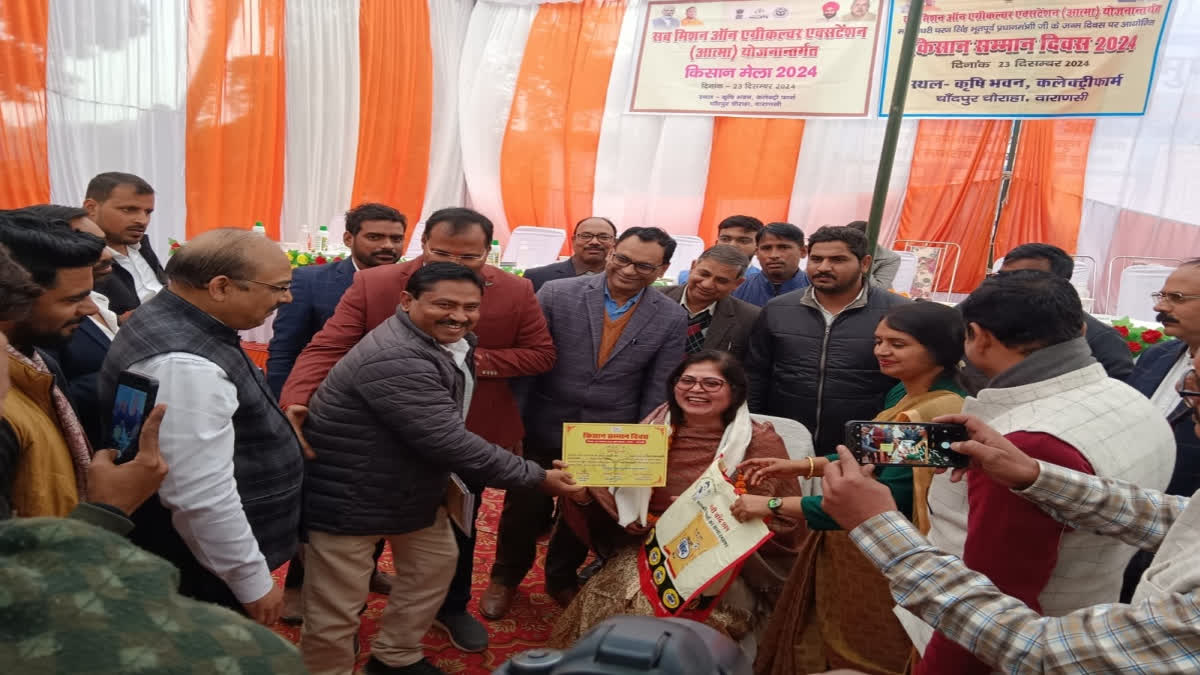By Varnit Gupta
Lucknow : Subuhi Naaz was not someone who took to fish farming like a fish takes to water. Had it not been for her son’s master’s degree in fisheries, she might never have ventured into aquaculture—and how! From a humble beginning in fashion designing to diving into the world of fisheries, Subuhi has today made a name for herself as one of the most successful inland fish farmers in Uttar Pradesh.
A resident of Banaras, in 1997, she was three years into her marriage when her husband passed due to illness, leaving her to fend for herself and their son. She got into fashion designing and opened her own boutique to earn enough for sustenance. But her interest in fisheries grew as her son got into a masters course in the subject and discussed the nitty-gritties with her.
Encouraged, Subuhi ventured into fish farming in 2022, starting with a small plot of land. But just about two years into the business, she had an impressive Rs 40 lakh turnover.
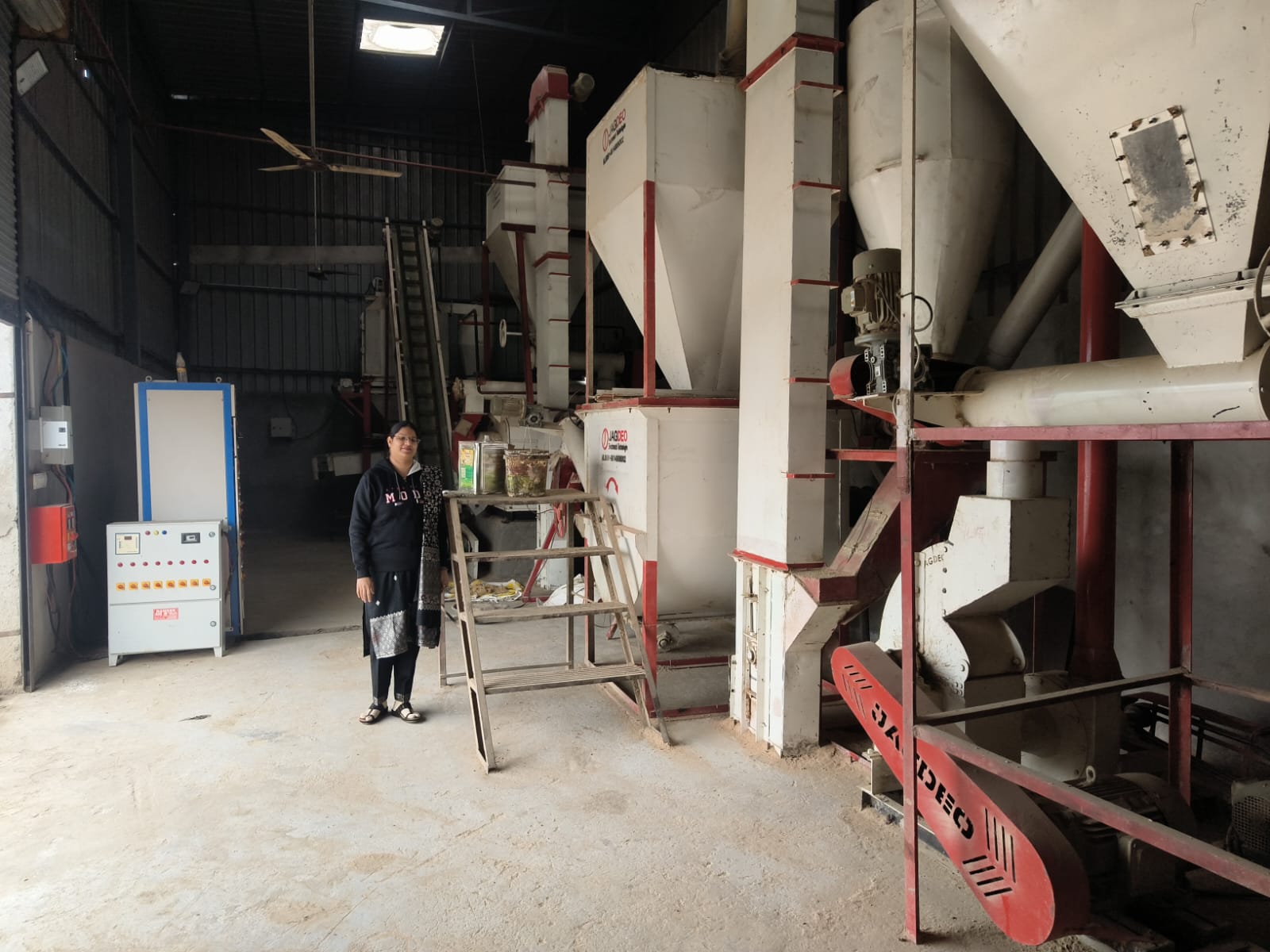
Similarly Nikita, an MBA graduate with a keen business acumen, got into aquaculture backed by her family’s five-year experience in fish farming. Her brother-in-law Rajneesh’s deep industry insights, inspired her to explore the sector. Today, Nikita’s venture produces 20 tons of fish feed daily, targeting an annual output of 500-600 tons.
Now look at the 80-year-old, Pyari Devi, one of the most successful fish farmers in UP, having a fish farm with an annual turnover of Rs 35 lakh.
All these women and many others like them have one thing in common. Apart from their own desire to become self-sufficient and financially independent, they got a boost in the form of government subsidy under Pradhan Mantri Matsya Sampada Yojana (PMMSY). Launched in 2020-21, the scheme has impacted Uttar Pradesh’s (UP) fisheries sector in a big way, especially for women who have taken subsidies and become Atma Nirbhar (self-reliant).
Under the scheme, in 2018-19, when fish production was 6,62,000 tons with a five percent year-on-year growth, the figure touched 11.6 lakh metric tons in 2023-24, demonstrating an average growth of around 12% since 2018. Notably, from 2022-23 (9.15 lakh metric tons) to 2023-24, growth surged to 26%. This growth earned UP a special recognition with farmers being recognised in Delhi on PMMSY’s fourth anniversary.
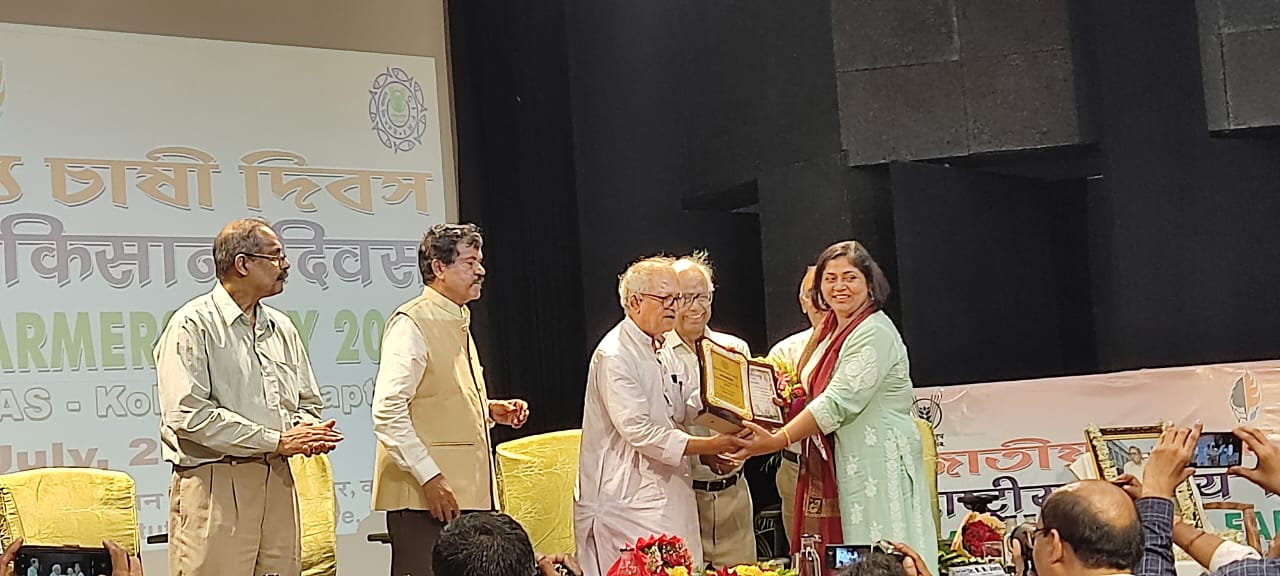
“We constructed five 25×25 ft tanks, each capable of holding 25,000 fish, alongside traditional ponds to enhance productivity. With an initial Rs 50 lakh investment, we secured Rs 30 lakh government subsidy and contributed Rs 20 lakh from personal funds,” said Subuhi. She implemented modern fish farming techniques, integrating Recirculatory Aquaculture System (RAS) tanks to optimise space and production in her 6-bigha farm.
Today, she produces high-quality fish species, selling them across Banaras, Mirzapur, Bhadohi, Ghazipur, Jaunpur, and Chandauli. Her business follows a six-month cultivation cycle, ensuring continuous supply and profit generation. The growing demand for her fish means wholesalers now visit her farm directly, eliminating the need for her to seek out markets.
"Interestingly, fish farming has evolved into a family-based enterprise in UP, with women playing a big role. Recognising this, both the Indian and UP governments have incentivised women’s participation through subsidies,” stated Noorus Saboor Rehmani, Director, Fisheries Department, UP.
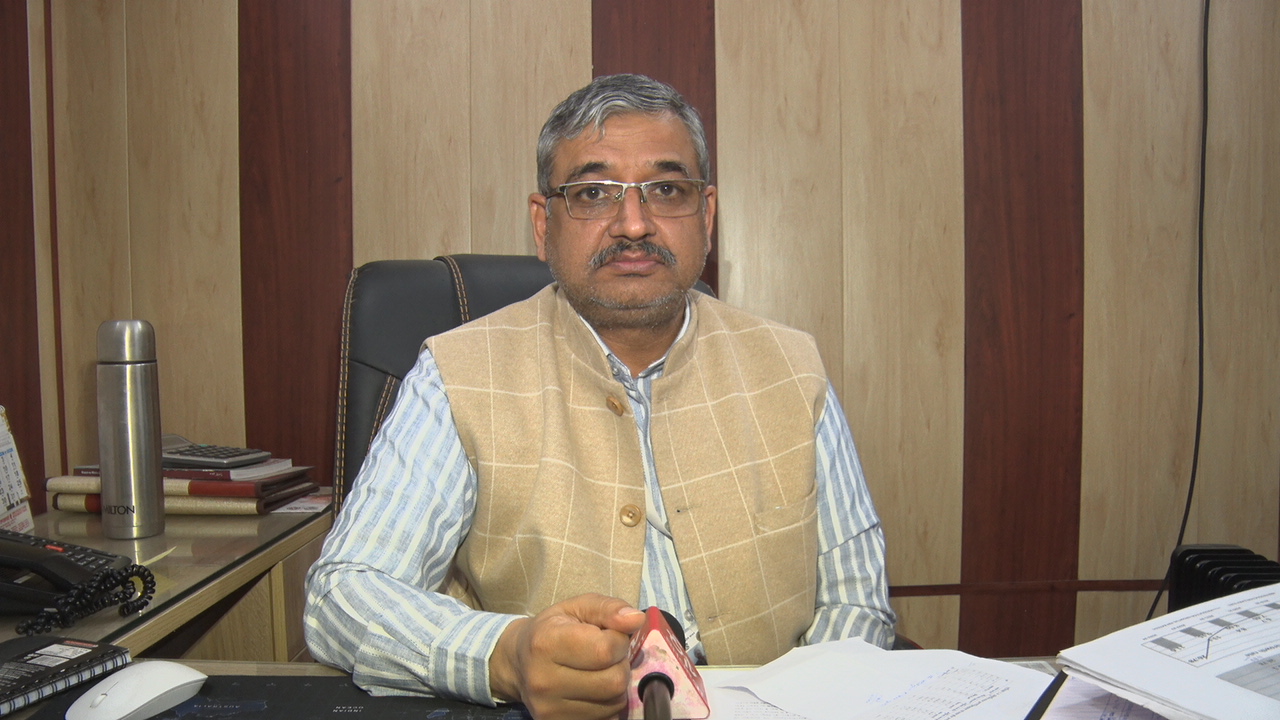
As per records, of the 17,438 beneficiaries who received subsidies between 2020 and 2024, the number of women beneficiaries was 8,837. Now women lead over 50% of PMMSY beneficiary projects. The state has also introduced schemes like the Mata Suketa Cage Yojana to further empower women in the sector.
Nikita had the advantage of learning from the Indian Council of Agricultural Research (ICAR) institute and feed industry experts. She quickly mastered modern aquaculture techniques, enhancing productivity and efficiency.
“With structured financial planning, we launched a Rs 2 crore fish feed production unit, securing Rs 1.2 crore in subsidies, a Rs 50 lakh loan, and investing Rs 30 lakh of personal funds,” said Nikita, adding that her business provides direct employment to 10-12 people and ensures high-quality, affordable feed for nearby farmers, strengthening the local aquaculture ecosystem.
Today, Nikita’s venture produces 20 tons of fish feed daily, targeting an annual output of 500-600 tons. Unlike traditional supply chains, she adopted a direct-to-farmer model, reducing dependency on intermediaries and increasing profitability for all stakeholders. Beyond business, she actively mentors aspiring entrepreneurs, particularly women, guiding them on financial planning, operational strategies, and technical advancements.
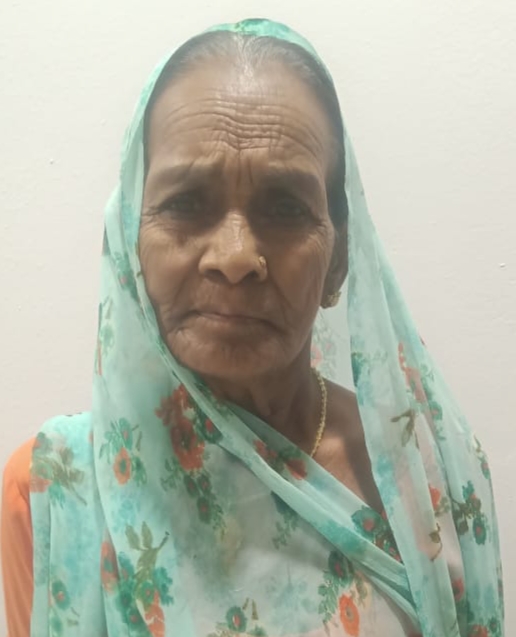
But kudos to Pyari Devi, who transformed her family’s financial struggles into a thriving aquaculture business by sheer grit and determination. After her husband’s demise in 2017, she started small, learning fish farming techniques from YouTube and raising fish in just two tanks at home. Recognising the sector’s potential, she, along with her son Ashok Kumar and daughter-in-law Geeta Verma, expanded their operations.
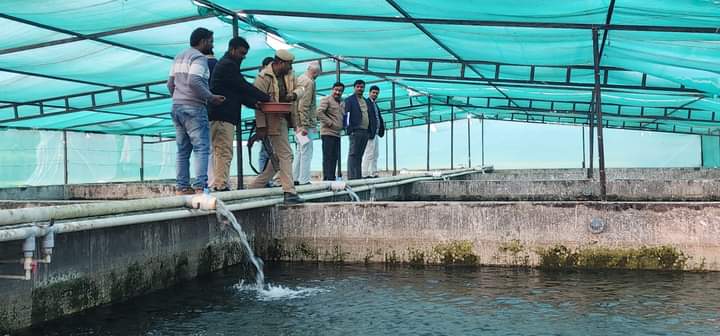
“In 2021, we applied for the Recirculatory Aquaculture System (RAS) under the PMMSY scheme, receiving a subsidy that enabled us to construct eight tanks and mud ponds on nine-acre family farm. We also expanded slowly by taking others farm land on lease. Initially, starting with pangasius ( a genus of medium-large to very large shark catfishes), we later introduced silver carp, which now provides profit margins varying between 20% to 50%,” said Pyari Devi.
As Ashok oversees the farm, around 10 families have benefitted being a part of the venture. Selling fish never was a challenge for Pyari Devi, as wholesalers come directly to her farm early morning, ensuring payments by 11 AM each sale day.
They follow an efficient farming model—growing pangasius in tanks until they reach 100 grams, then transferring them to artificial mud ponds, where they quickly grow to 800 grams to one kg within two to three months. Prices fluctuate seasonally, with rates reaching Rs 135/kg in summer and dropping to Rs 90-100/kg in winter. Despite these variations, the farm remains profitable.
Today, total land utilised for fish farming in the state is four lakh hectares which also includes 85,000 ponds and reservoirs. “The sector’s economic value has also grown impressively. At the end of the 2023 financial year, fish production was valued at $1.9 billion which rose to $2.3 billion by March 2024. It is estimated that the sector will grow to $5.3 billion by March 2028,” stated Rehamani.
Previously, fisheries in Uttar Pradesh lacked professional practices, with productivity at only two tons per year. Schemes like the Uttar Pradesh Diversified Agriculture Support Program (UPDASP) and the Central Government’s Blue Revolution Scheme helped lay a strong foundation. This is a sunset year of PMMSY scheme as it is set to conclude by March 2025.
Read More
- Centre Launches Several Key Schemes To Upgrade Agricultural Technology To Improve Productivity
- World Fisheries Day: Importance Of Sustainable Stocks Of Fisheries
- Strengthening Technology Transfer: ICAR Fisheries Extension Network Takes Centre Stage
- YUVA: Saikumar, Leading Innovations In Fisheries Conservation And Research
